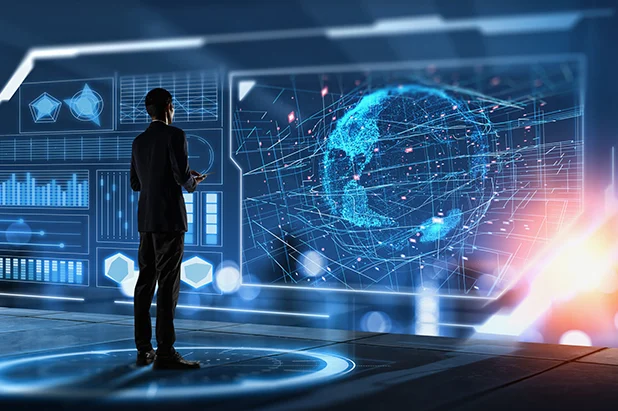In recent years, governments across the world including the U.S., U.K. France, India, New Zealand, and many others, are supplementing traditional approaches of functioning (paper-driven systems) with data-driven analytics to enhance the quality of services provided to their citizens. They are encouraging citizens’ participation in their decision-making processes by using social media. These governments have engaged data scientists, Chief Data Officers, and Chief Analytics Officers to better utilize the power of technology to make all public services accessible to citizens, and ensure efficient, transparent, and reliable information at minimal costs.
Here are some areas where analytics is being used to help government organizations enhance their work.
Sentiment Analysis
Several Governments across the world are trying to improve transparency with their citizens with the help of social media. Data analytics plays a major role in helping governments monitor and analyze citizen sentiments in social media. The sentiments of citizens are captured through their feedback on government portals.
For example, a well-known park in Canada receives over 15,000 customer survey replies on its portal during its peak camping season. With the help of data analytics software, the park authorities analyse customer feedback and are able to quickly identify trends in the feedback comments. They can make timely adjustments dynamically to improve the camping experience for visitors.
Preventive Health Care
Predictive analytics in the area of health informatics can help health departments identify factors that can prevent the occurrence of diseases. It can help epidemiologists who need to gear up for crisis management. With the accurate prediction of the spreading of a disease, the health department can quickly implement preventive measures which not only saves treatment costs but also results in less disruption to public life.
Health Research
Government bodies have started leveraging big data and analytics to support health-related research. The healthcare industry generates huge volumes of data which is stored in the form of patient records, history, and clinical data. By analysing these huge volumes of data, government agencies can aid health research by quickly uncovering patterns that need immediate remediation.
City Planning
Some areas in a city might experience a sudden increase in the number of residents owing to favorable job opportunities. But these areas may not be adequately equipped with the infrastructure required to handle this population surge. By using predictive modeling, city planners can identify areas in a city that are likely to grow in future and upgrade amenities, such as water, electricity, internet, roads, etc. to accommodate the growth.
Traffic Management
Use of data analytics helps government bodies reduce traffic casualties. A study shows that in New York City, someone is killed or seriously injured every two hours in road accidents! Using IoT technology, cameras and sensors help data scientists gather accurate data about traffic conditions. This data supplemented with data from the transport department helps data scientists come up with better modeling of traffic conditions. This, in turn, helps the highway patrol team predict where crashes are likely to occur. This allows them to deploy resources, such as patrols and speed-calming measures that can help prevent accidents.
Citizen Safety
Predictive analytics is helping the government in identifying the type of crime and areas of occurrence through historical data of crimes that have occurred in the past and geographical data. Police forces in cities, such as London, Los Angeles, and Chicago have seen a significant drop in crime rates with the use of analytics. With devices that help you to track high danger zones, it becomes easier for civilians to report crimes to security agencies. With the intelligence management system in place, information can be acted upon in real time to protect citizens around the clock.
Citizen Engagement
Big data and analytics can help government executives get answers to their burning questions such as “What are the needs of the citizens? What are the programs which can help citizens? What is the most effective way to help the senior citizens? How to best engage with citizens on social media? The get answers to all these questions; they need to look within …in their data. Using analytics, the government can accurately measure the effectiveness of citizen interactions and use that to bring greater accountability to key services. Analytics can also be used to measure the impact of specific programs, improve interactions with citizens and streamline operational processes.
Big data is here to stay is already making a difference to the lives of the modern-day consumers and they are already expecting the same personalized experience from their government as well. An analytics driven government is the new normal of today. Big data and analytics, when used effectively, can help governments enhance their responsiveness, provide faster services, and improve citizen engagement.




